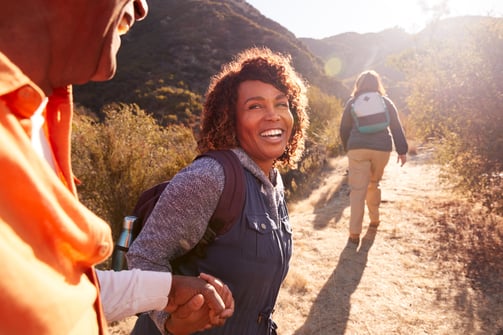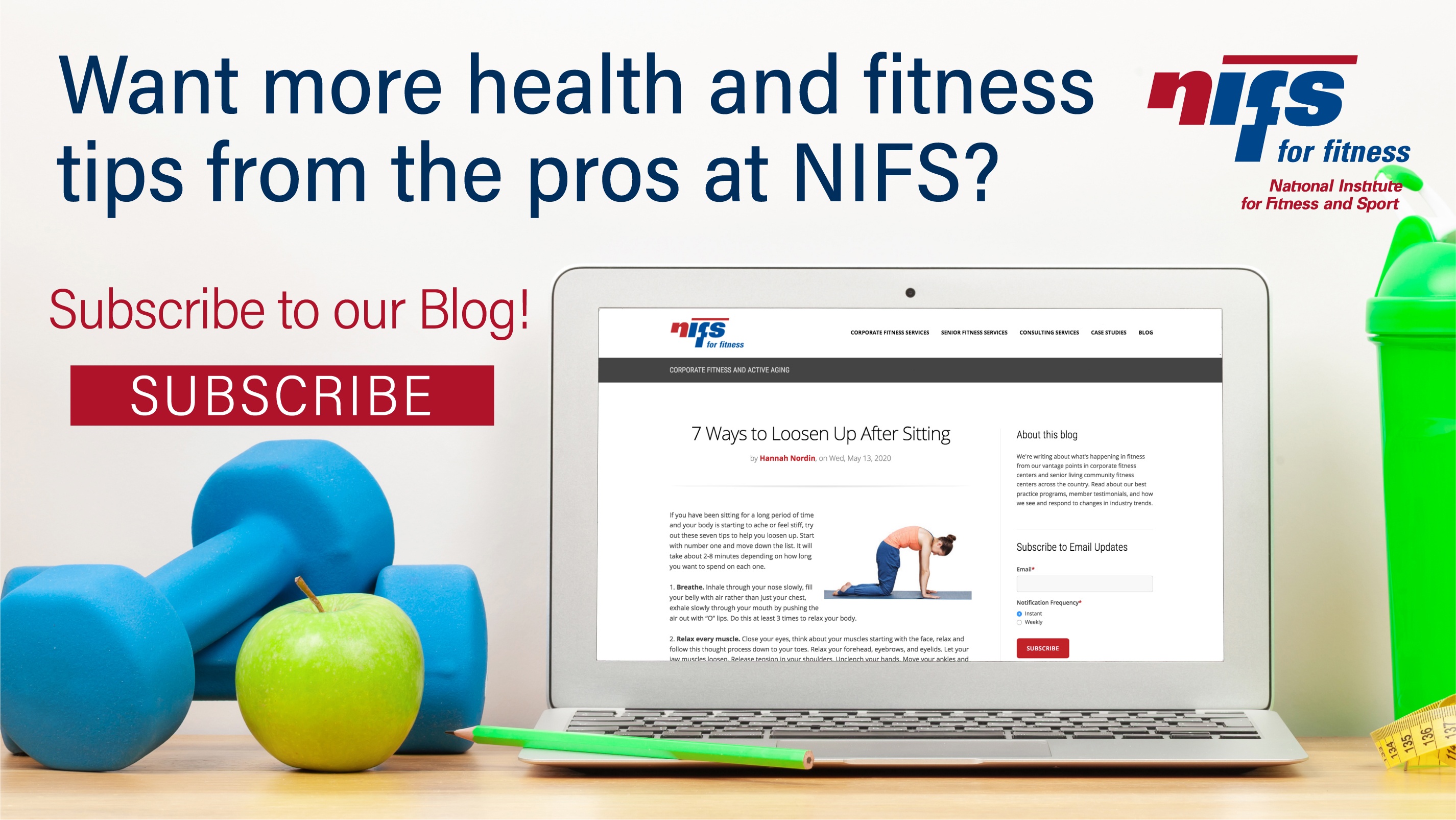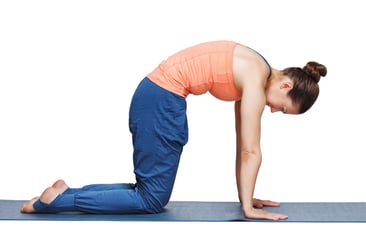 Hiking is amazing in so many ways. It is great for physical activity, mental health and stress-relief, cardiovascular health, socialization and more. I’ve always loved the outdoors, but my love for hiking drastically increased when I went to Sedona, Arizona. The red rocks, the greenery, the breeze thousands of feet above sea level…breathtaking. No matter where you hike, you will experience many wonderful things along the way. If you have never hiked before or have only hiked a handful of times, follow these five steps for a great hiking experience:
Hiking is amazing in so many ways. It is great for physical activity, mental health and stress-relief, cardiovascular health, socialization and more. I’ve always loved the outdoors, but my love for hiking drastically increased when I went to Sedona, Arizona. The red rocks, the greenery, the breeze thousands of feet above sea level…breathtaking. No matter where you hike, you will experience many wonderful things along the way. If you have never hiked before or have only hiked a handful of times, follow these five steps for a great hiking experience:
- Hike with a friend or a group of people. Hiking is a great time to socialize with friends and family. You don’t have to carry on conversation the whole time, but it’s nice to have someone with you to keep you company. Hiking allows you to take a break from the hustle and bustle of life, take part in physical activity together, and experience the wonders of nature. It’s also a good idea to have someone with you for safety reasons.
- Plan your hike and have a map. Before you lace up and hit the trail, make sure you have your hike planned out. Here are some details that you should plan for: distance, elevation, estimated traffic of the trail, weather, layers to wear/bring, estimated duration and travel time to and from your house to the trailhead. Distance and elevation are important because the longer distance and the higher elevation, the harder the hike will be. Some apps and websites list the estimated level of difficulty to help you determine if it’s the right trail for your desired intensity. The traffic of the trail isn’t as important to determine ahead of time; but if you plan to bring your dog hiking and you know he barks at people all the time, then it would be best to go on a trail marked as low traffic. Check the weather to make sure you bring the right gear. Generally, the higher elevation, the colder the weather, so make sure you bring the right layers with you just in case the weather changes as you are hiking and increase elevation. Finally, estimate the duration of the hike and the time to and from the trailhead to your house. Make sure your group members know the plan and don’t forget to bring a map! Most trails have maps they give out at the park entrance.
- Wear appropriate hiking shoes. It is not necessary to have hiking boots but choose shoes that you don’t mind getting dirty. In the summer, I would suggest tennis shoes or hiking shoes. Wear tall socks that protect your feet and ankles from blisters. In the colder or rainier months, I would suggest wearing waterproof hiking shoes or boots to keep your feet warm and dry.
- Pack the essentials. Make sure to bring a water bottle and snacks. It is also a great idea to bring a first aid kit. Be smart with the gear you bring, such as sunscreen on a hot day or a scarf on a windy day. Even if you plan a short hike, bring the essentials in case you are out longer than planned.
- Soak in the moment. Breathe the fresh air. Slow down and enjoy. Yes, hiking is physical activity and can be challenging, but it is also a chance to rest your body and mind from the day-to-day routines you have in place. I would encourage you to stop for 5 minutes during your hike and just look at the beauty of the nature around you. Take slow, deep breaths. Talk to your friends about something you notice that you otherwise would have missed. Enjoy the moment!
I know these tips will allow you to plan ahead properly, so I hope you are excited and ready for your next hike! Where are your favorite hiking locations?


 If you have been sitting for a long period of time and your body is starting to ache or feel stiff, try out these seven tips to help you loosen up. Start with number one and move down the list. It will take about 2-8 minutes depending on how long you want to spend on each one.
If you have been sitting for a long period of time and your body is starting to ache or feel stiff, try out these seven tips to help you loosen up. Start with number one and move down the list. It will take about 2-8 minutes depending on how long you want to spend on each one.